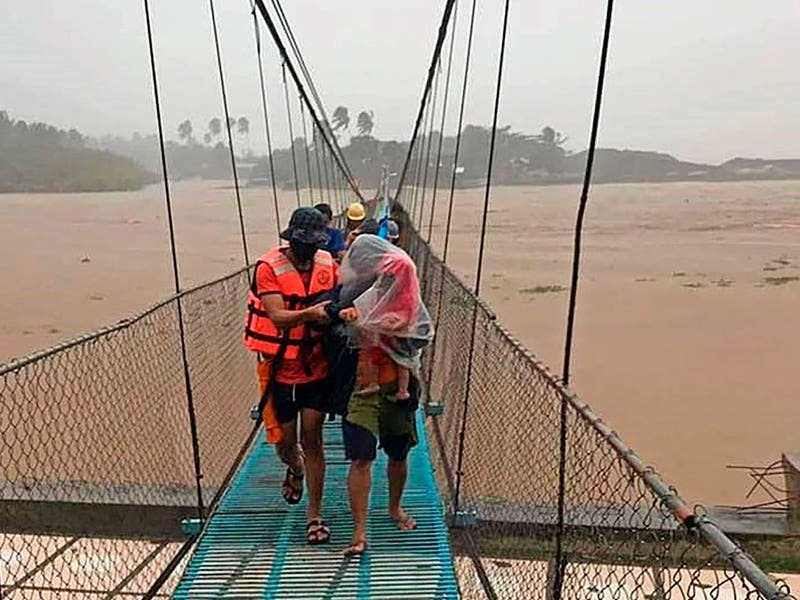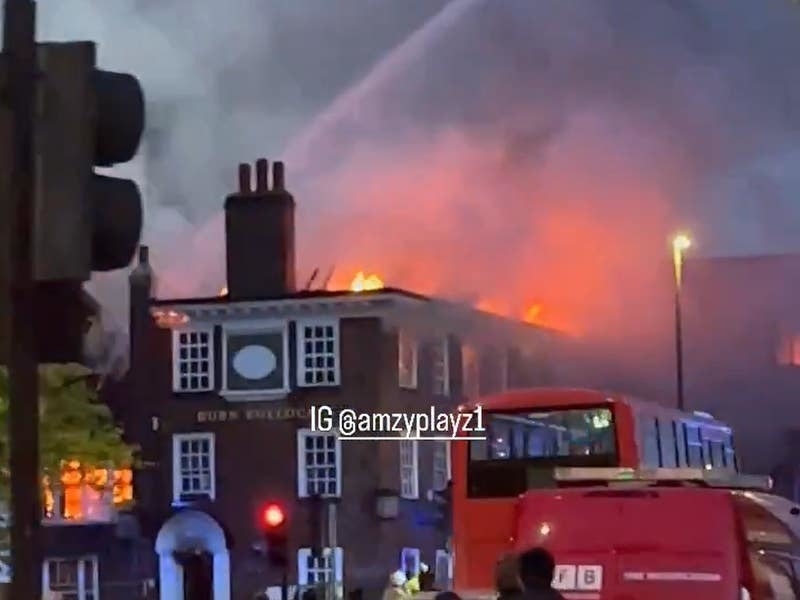A powerful typhoon has slammed into the south-eastern Philippines and is blowing across island provinces where nearly 100,000 people have been evacuated from high-risk areas that could be devastated by flash floods, landslides and tidal surges, officials said.
Forecasters said Typhoon Rai, which had sustained winds of 185kph (115mph) and gusts of up to 230kph (143mph), blew from the Pacific Ocean into the Siargao Islands.
There were no immediate reports of casualties or major damage but military and coastguard personnel were helping residents stranded by fast-rising waters.

The coastguard said it had grounded all vessels, stranding nearly 4,000 passengers and ferry and cargo ship workers in dozens of southern and central ports.
Several mostly domestic flights have been cancelled and schools and workplaces were shut in the most vulnerable areas.
More than 98,000 people have been taken to safety, the disaster response agency said.

Intensified vaccinations were also halted in provinces likely to experience stormy weather.
The Philippines is among the hardest-hit in south-east Asia by the pandemic, with confirmed infections of more than 2.8 million and over 50,000 deaths.
Quarantine restrictions have been eased and more businesses have been allowed to reopen in recent weeks after an intensified vaccination campaign helped reduce infections to a few hundred from more than 26,000 in September.
The detection of the Omicron cases this week has prompted the government to renew calls for people to avoid crowds and get vaccinated immediately.

More than 70% of villagers in the province have had at least one jab, and Mr Evardone expressed concern because some vaccines stored in Eastern Samar will expire in a few months.
He said overcrowding is unavoidable in the limited number of evacuation centres in his province, where more than 32,000 people have been moved to safety.
“It’s impossible to observe social distancing, it will really be tough,” he told the Associated Press. “What we do is we cluster evacuees by families. We don’t mix different people in the same place as a precaution.”
About 20 storms and typhoons batter the Philippines each year. The archipelago is also located in the seismically active Pacific “Ring of Fire” region, making it one of the most disaster-prone countries in the world.






